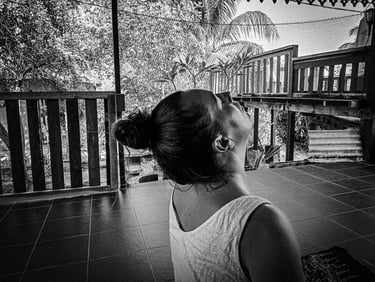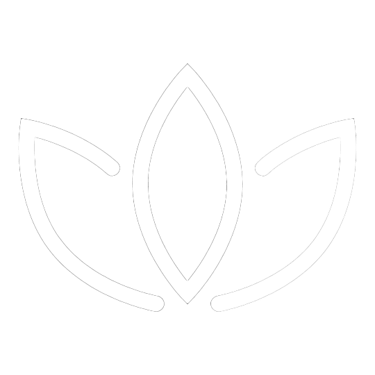The Stress Triangle


When the body is under stress, the first group of muscles to get tense is in the head, neck and shoulders. This area has been labelled the “stress triangle” or the “tension triangle”. Regular stretching of muscles in this area can prevent excess wear and tear.
All the muscles in the tension triangle are particularly vulnerable to emotional pressure and react quickly: the furrowing of brows, clenching of the jaw and the hunching of shoulders and tightening of the neck.
Forehead
The muscles we use to draw the eyebrows together, tighten in response to emotional tension and form vertical furrows between the eyebrows. They have become a good gauge of muscle tension throughout the body. As the muscles throughout the body relax, tension also drains from the forehead muscles.
Jaw
The muscles that move the jaw, as we bite and chew, are among the strongest in the body. They also react to emotional stress by tightening. Many unconsciously clench their teeth when tense while others grind their teeth in their sleep.
Neck & Shoulders
Among the more muscle knots from tension are those in the muscle that covers the upper back of the shoulders and neck. This muscle (trapezius) helps the neck support the head and is strained when leaning forward while working at a desk for long periods.
Headaches and a stiff neck are the most common symptoms of problems in the tension triangle. Tense muscles in the jaw and neck cause headaches by constricting blood flow to the head and scalp. And a stiff neck is usually the product of tightness in the trapezius muscle; the knot that stiffens the neck may actually be in the shoulders or back.
Yet another cause of muscle knots (a type of spasm that causes a small portion of a muscle to tense up) is simply sitting still. Blood flow decreases to muscles that are unused, oxygen starvation sets in leading the muscle to spasm.
Finding Relief
The pain of knotting is, ironically, the body's attempt to care for itself.
Breathing exercises that change the pace and depth of our breathing, often helps to make anxieties feel more manageable.
Quick relief for tense muscles comes from lengthening them and getting the blood flowing. The best ways to do this are through massage, gentle stretches and exercise.


More Insights
